The Bank of Japan (BOJ) made its yield curve control policy more flexible and loosened its defense of a long-term interest rate cap on Friday, slowly shifting away from years of massive monetary stimulus as inflation and economic growth pick up.
While the central bank kept interest rates at ultra-low levels and stressed the need to maintain support for the economy, it said the tweak to its bond yield curve control scheme (YCC) would allow it to respond “nimbly” to risks including rising price pressures in the world’s third-largest economy.
Global markets saw the move as another small step towards Japan’s coming in line with other major central banks after decades of massive stimulus, though Governor Kazuo Ueda brushed aside the view that it was a step towards policy normalization.
Most major central banks like the U.S. Federal Reserve and the European Central Bank have been sharply hiking interest rates over the past year to combat inflation, while the BOJ has stood pat, roiling foreign exchange markets.
However, Ueda said the BOJ could tweak policy further if the likelihood of sustainably hitting the bank’s 2% inflation target heightens.
“It is an important step towards eventual disbandment” of YCC, said Tom Nash, portfolio manager at UBS Asset Management in Sydney, referring to the BOJ’s bond yield control policy.
At a two-day policy meeting that ended on Friday, the BOJ kept unchanged its short-term interest rate target at -0.1% and that for the 10-year government bond yield around 0%.
It also maintained guidance allowing the 10-year yield to move 0.5% around the 0% target, but said those would now be “references” rather than “rigid limits.”
The BOJ said it would offer to buy 10-year Japanese government bonds (JGB) at 1.0% in fixed-rate operations, instead of the previous rate of 0.5%, signaling that it would now tolerate a rise in the 10-year yield to as much as 1.0%.
While some investors had expected a modest change in the BOJ’s guidance, the announcement shook financial markets which were used to years of the BOJ holding pat.
Japan’s benchmark bond yield soared to a nine-year high and the yen rallied. Banking stocks surged 4.6% to an eight-year high on the prospect of a steeper yield curve that would revive profit from lending.
The move could also have implications for global money flows and asset price trends, since a cheap yen has been a mainstay of capital market funding for years.
“Although the BOJ left the cap unchanged at ‘around 0.50%’, the subtle changes in language suggest that they are gearing up, or at least open to, tweaking the YCC target at a future date, provided that conditions are supportive,” said Carlos Casanova, senior Asia economist at UBP in Hong Kong.
Ueda said the BOJ would now allow the 10-year yield to move up to 1.0% to alleviate distortions caused in bond prices, and keep volatility from heightening in the exchange-rate market.
“We’d like to have market forces drive bond yield moves more,” Ueda said. We don’t expect the yield to move up to 1%, but have set this cap as a pre-emptive measure.”
Ueda said Friday’s move was a pre-emptive move against risks of an inflation overshoot which, if left unattended, could make future monetary policy difficult.
Board member Toyoaki Nakamura dissented to the BOJ’s decision on the view that while the decision to make YCC more flexible was desirable, the timing was premature.
Outlier makes baby step
Japan has been an outlier among global central banks, with the BOJ maintaining super-loose monetary policy even as major economies elsewhere scrambled to hose down the strongest inflation in years with aggressive interest rate hikes.
The BOJ’s slight shift comes after decisions by its U.S. and European counterparts to further raise interest rates, moves that could accelerate yen declines and push up import costs.
Amid signs of renewed yen depreciation, Japan’s top currency diplomat last week had suggested the chance of a tweak to the bank’s easy monetary policy approach.
Adding to signs of slowly building confidence, the BOJ revised up its assessment on the economy to say it was “recovering moderately,” nodding to its resilience despite global headwinds such as sluggish Chinese demand.
In its quarterly outlook report, the BOJ also revised up this year’s core consumer inflation forecast to 2.5% from 1.8% projected in April.
Ueda said the BOJ’s decision to allow more flexibility on bonds yields was driven partly by a sharp overshoot in this year’s inflation as more firms hiked prices and wages.
While the BOJ’s price forecasts for 2024 and 2025 were roughly unchanged from April, risks were skewed to the upside, the central bank said in the report.
“If inflation overshoots, we will respond appropriately,” Ueda said.
The BOJ’s latest action highlights the challenge it faces in balancing the risk of higher inflation, and the need to keep supporting a nascent economic recovery.
While bond markets have been stable recently, the BOJ decided to act now to pre-empt another bout of volatility that could be caused by higher-than-expected inflation, Ueda said.
Since introducing its yield control scheme in 2016, the BOJ has had little trouble controlling bond yields when inflation remained well below its target. That changed last year, when soaring commodity prices pushed inflation above the 2% target and gave investors reason to attack the yield cap.
After buying huge amounts of bonds to defend the then 0.25% ceiling, the BOJ last December widened the yield band and now allows the 10-year yield to rise by up to 0.5%.
“It’s pretty hard to deal with the side-effects when you try to respond after upward risks materialize,” Ueda said, adding that the BOJ wanted to avoid a repeat of the bond market turbulence seen last December.

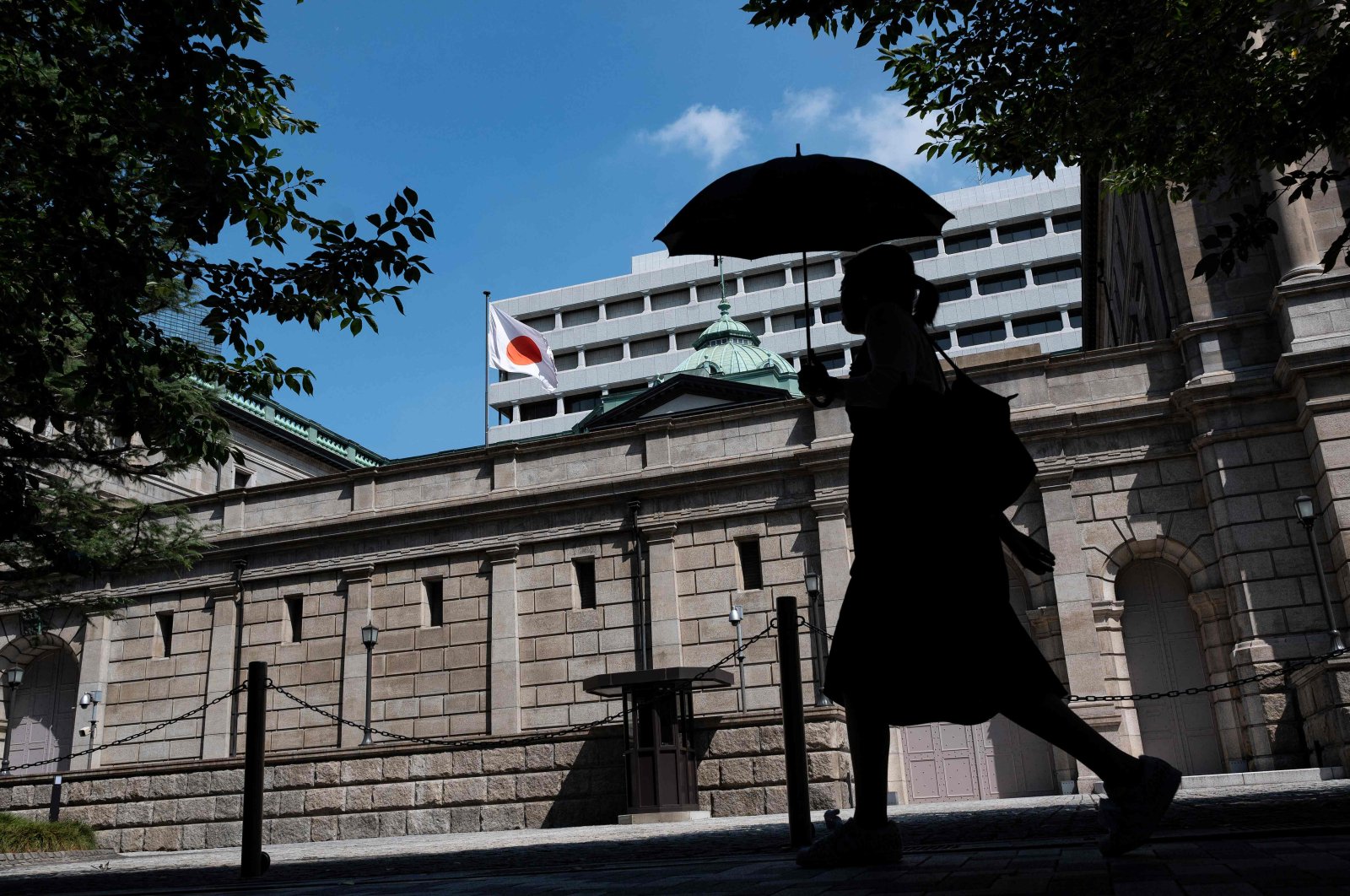




























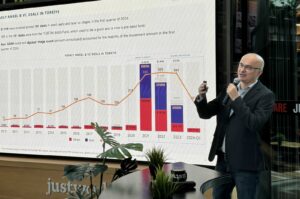








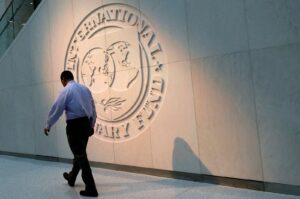







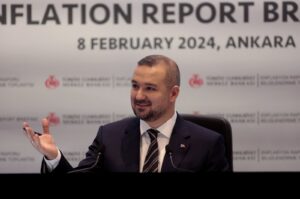



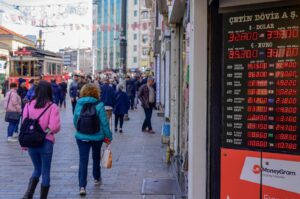
Be First to Comment